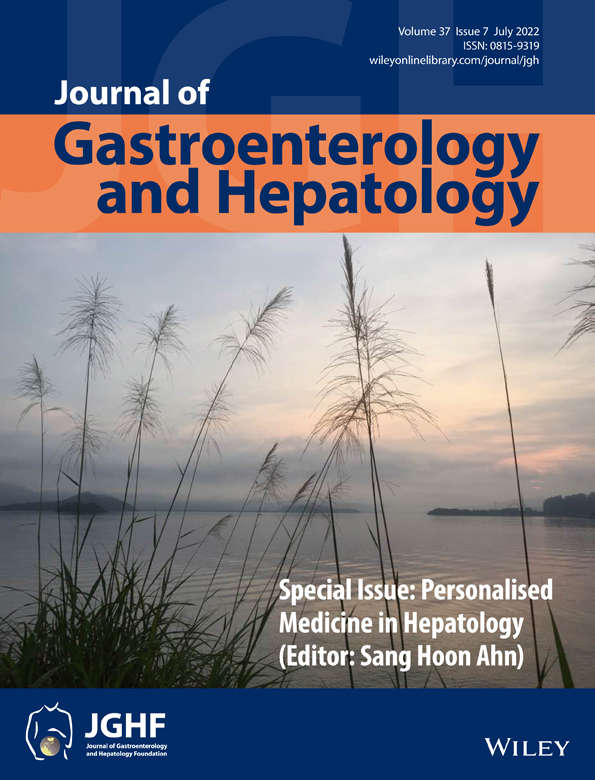Percutaneous endoscopic gastrostomy using the introducer method with ultra-slim endoscopy in amyotrophic lateral sclerosis patients with respiratory compromise: A safe technique
Declaration of conflict of interest: All authors declared that they have no competing interests.
Ethical approval: Ethical approval was obtained from the University Malaya Medical Centre Medical Research Ethics Committee (MREC ID Number: 20166-2518).
Informed consent: All patients provided written consent to the study.
Financial support: The authors received no financial support for the research and publication of this article.
Abstract
Background and Aim
Percutaneous endoscopic gastrostomy (PEG) placement is recommended in patients with amyotrophic lateral sclerosis (ALS), but the procedure is considered high risk. In this study, we aimed to compare the outcome of ALS patients with and without PEG. The success of the procedure and complications of PEG insertion were also explored.
Methods
Patients with ALS who met the criteria for enteral feeding support were consecutively recruited. Patients who consented had PEG insertion using the modified technique of introducer method with transoral ultra-slim endoscopy.
Results
A total of 64 patients were recruited, of which 36 (56%) patients consented to PEG. The median age of all patients was 65 years and 59% were male. There was no difference in demographic and clinical characteristics between patients who agreed to a PEG and those who did not. The mortality rate at 6 and 12 months was lower in the PEG cohort compared with non-PEG, but this was not statistically significant (6 months: 28.6% vs 32.2%, P = 0.561; 12 months: 38.9% vs 50.0%, P = 0.374). Amongst the PEG cohort, 61% were stratified high risk and 31% moderate risk. Thirty-one percent of them required long-term home noninvasive ventilation. All patients (100%) underwent successful PEG insertion at single attempt using the modified approach. The complications reported over a period of 6 months were infected PEG site (17%), dislodged gastrostomy tube (14%), and minor bleeding (8%).
Conclusion
In ALS patients with moderate to high risk of PEG insertion, the introducer technique utilizing ultra-slim endoscopy guidance was well tolerated and safe.
Open Research
Data availability statement
Data are available upon request.




